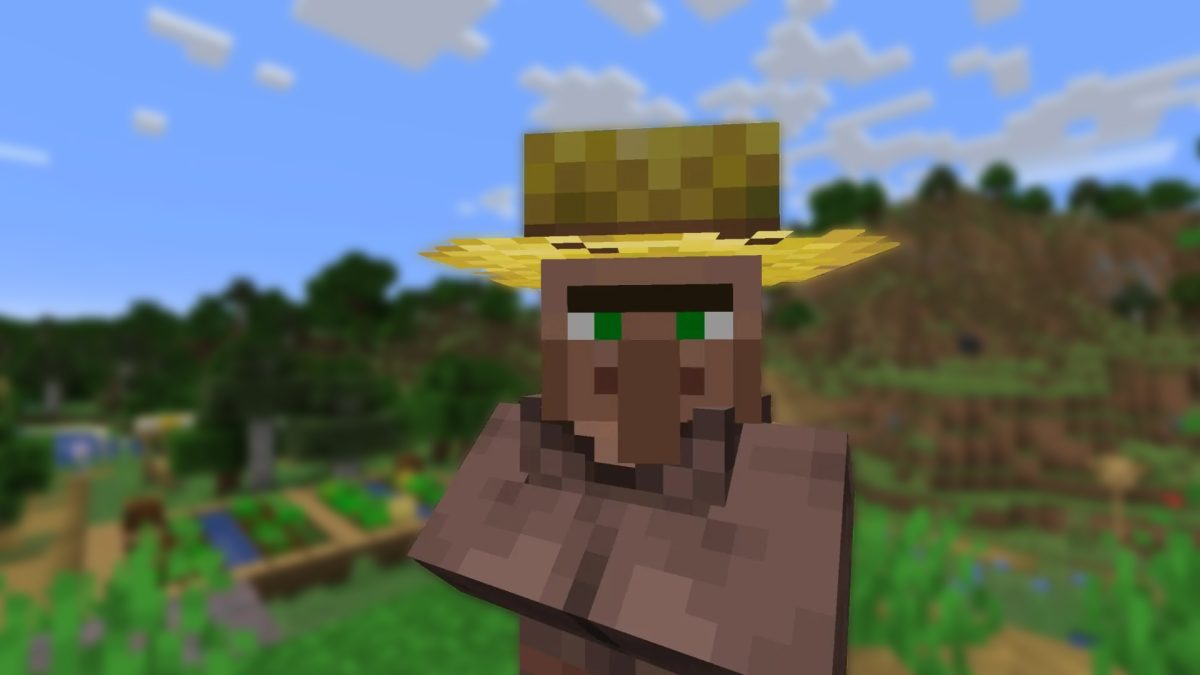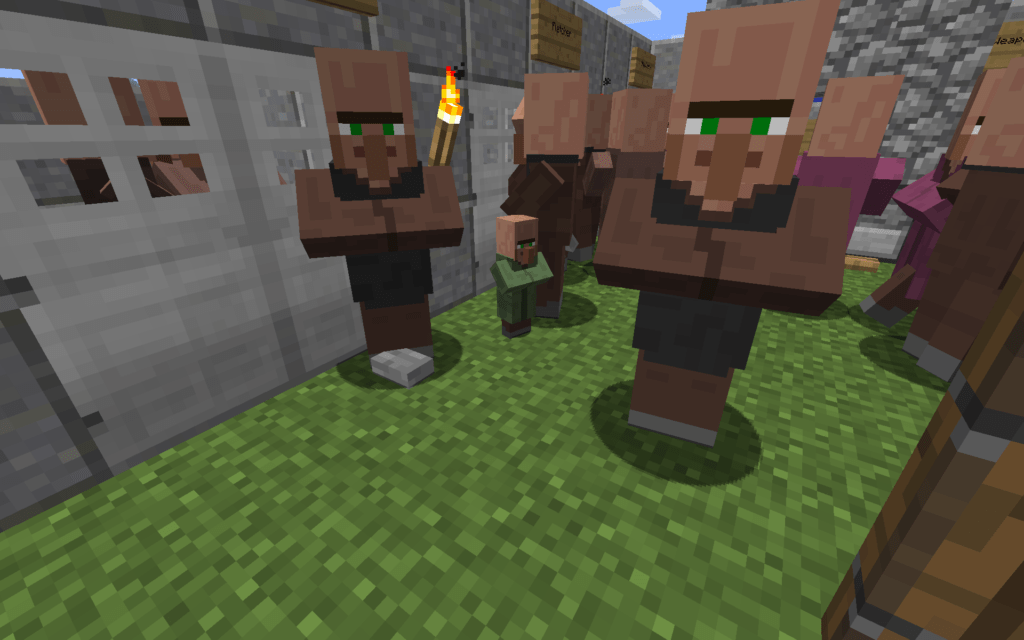Minecraft: How to Breed Villagers – A Comprehensive Guide

Villagers play a crucial role in the world of Minecraft, as they contribute to the growth of your village and offer valuable resources through trading. One way to expand your village population and create a thriving community is by breeding villagers. In this article, we will guide you through the process how to breed villagers in Minecraft step by step.
Before we begin, you need to know that Villagers are given jobs based on their job block. If you plan to breed villagers for trades, use the table below to know what job blocks you need:
| Role | Job block |
|---|---|
| Armorer | Blast Furnace |
| Butcher | Smoker |
| Cartographer | Cartography Table |
| Cleric | Brewing Stand |
| Farmer | Composter |
| Fisherman | Barrel |
| Fletcher | Fletching Table |
| Leatherworker | Cauldron |
| Librarian | Lectern |
| Mason | Stonecutter |
| Shepherd | Loom |
| Toolsmith | Smithing Table |
| Weaponsmith | Grindstone |
Step 1: Find or Create a Village
Before you can breed villagers, you need to find a village or create one. Villages naturally spawn in various biomes, including plains, savannas, taigas, snowy tundras, and deserts. If you prefer to create your own village, you can either transport existing villagers to your desired location or cure zombie villagers using a splash potion of weakness and a golden apple.
Step 2: Give your Villagers a house
For villagers to breed, they require proper housing. Each house must have a bed, and there should be more beds available than villagers. The additional beds signal to the villagers that there is room for more population. You can add more houses to an existing village or build new ones in your custom village. Ensure that the houses are well-lit and secure from hostile mobs.
Step 3: Establish Workstations for your villagers
Villagers need workstations to have a profession, which is essential for breeding. Various workstations correspond to different villager professions. For example, a lectern is required for a librarian, a smithing table for a toolsmith, and a composter for a farmer. Place the workstations near the houses to enable the villagers to claim them. This step is very important to breed your villagers to the roles you desire.
Step 4: Give your Villagers food to breed them
Villagers require food to breed. You can either trade food with them or throw it at them directly. The recommended food items are bread, carrots, potatoes, or beetroot. To encourage breeding, ensure each villager has at least 12 food items in their inventory. If your village has a farmer, they may share food with other villagers, which can also stimulate breeding.
Step 5: Create Favorable Breeding Conditions for your Villagers
Ensure the villagers are in a safe environment, free from threats like zombies, pillagers, or any other hostile mobs. Villagers won’t breed if they are panicking or if their beds are obstructed. Make sure they can access their beds and workstations easily. It’s also important to note that villagers only breed during specific times of the day, usually during the daytime.

Step 6: Observe the Breeding Process
Once you’ve provided suitable housing, workstations, and food, the villagers should start breeding. You’ll notice heart particles around them, indicating they’re in the process of breeding. If you see storm cloud particles instead, it means there’s an issue with the breeding conditions, such as a lack of beds or insufficient food supply.
Step 7: Accommodate the Growing Villager Population
As the villagers breed and produce offspring, you’ll need to continuously expand the village by adding more houses and beds. Additionally, provide more workstations to accommodate the growing population and ensure that the villagers continue to have ample food.
Breeding villagers in Minecraft can lead to a thriving village that offers valuable resources and a sense of community. By following these steps, you can ensure that your village continues to grow and prosper. Just remember to keep the villagers safe, well-fed, and supplied with suitable housing and workstations.
Ready to breed other animals? Check our comprehensive breeding guide.